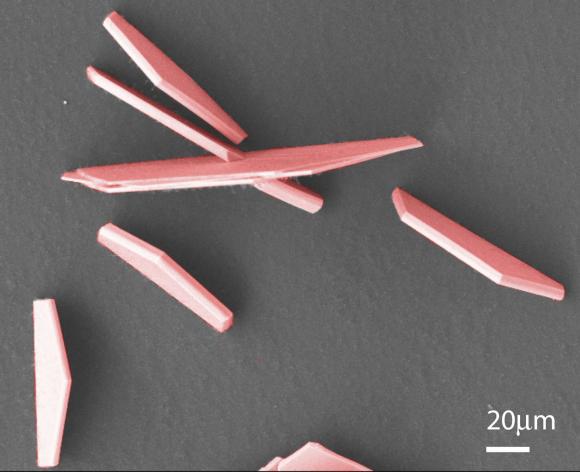The
Plasma-ALD-Guy has created a histogram of the regions which have produced
plasma ALD publications that were accepted during 2014. The region for a paper
is determined from the first author affiliation (here). In addition, he has
compiled a similar histogram for Plasma ALD Film Type also for 2014
Publications (here). Both
are reproduced below with permission.
Knowing that both BENEQ and
Picosun are manufacturing and shipping PEALD reactors the low number of Finnish
PEALD publications is surprising. No surprise though that USA and South Korea
is pumping out PEALD publications and that many of them are for classic
materials like Al2O3 and SiO2 and also for AlN that is just about impossible to
realize in thermal mode.
The Plasma-ALD-Guys tells me that there are more publication histograms to come and I am very eager to see those - stay tuned for more!
The Plasma-ALD-Guys tells me that there are more publication histograms to come and I am very eager to see those - stay tuned for more!



%20(1).png)


